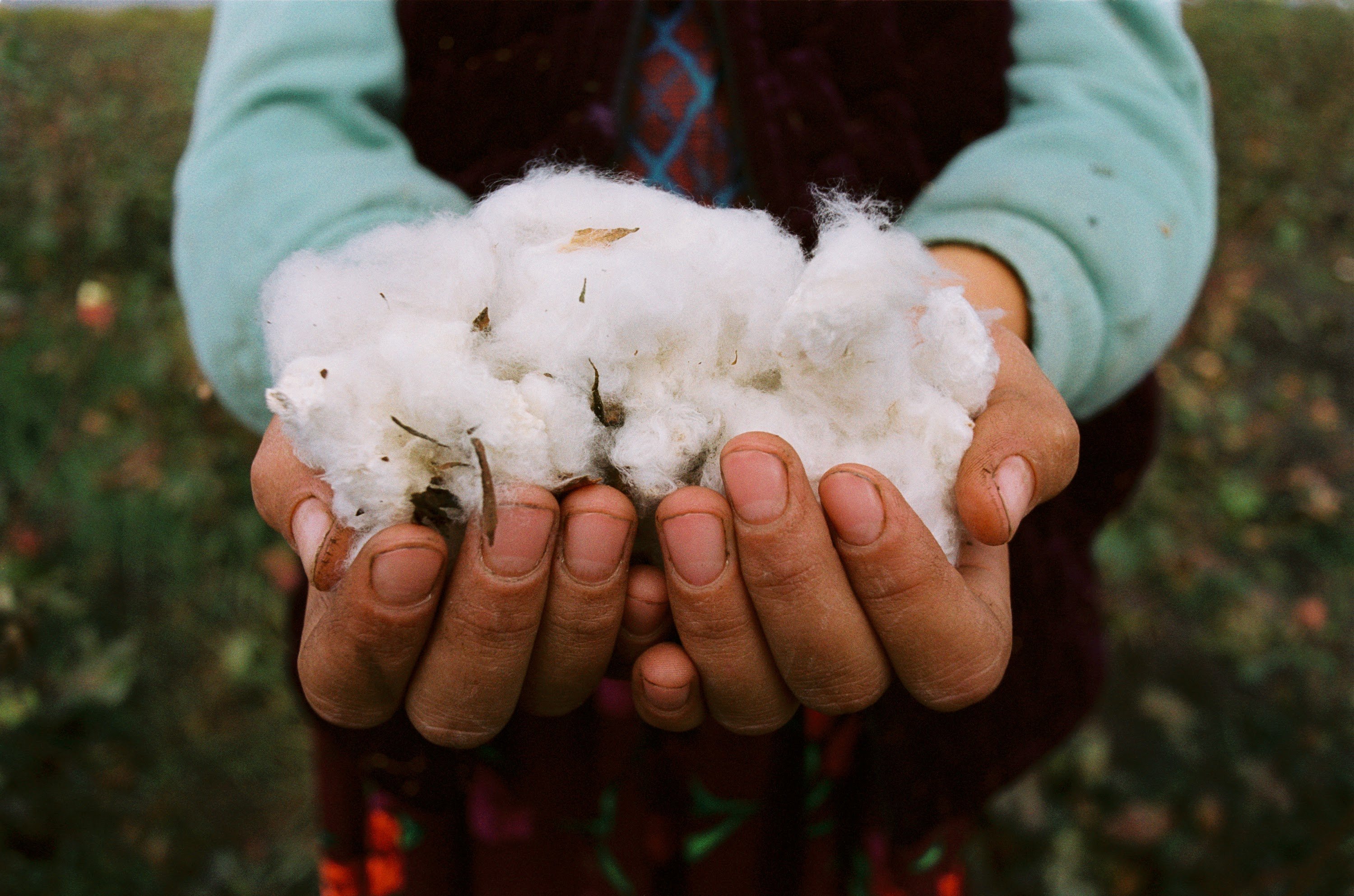
Highstreet heaven: As you get back to the shops, choose organic cotton
As shops open up after the Covid-19 lockdown everything is different. We need to be more careful, to make sure that we are safe from infection, and that others are protected by our actions. We have an opportunity too to make sure that our buying decisions can protect people and support a more sustainable world post-pandemic.
The photos of queues outside clothing shops as restrictions lifted in the UK suggest that people have not lost their love of fashion and clothes. Cotton in particular has proved itself the queen of fabrics – comfortable, durable and fashionable, it is hard to beat.
But how many of us have taken the time to look into where the cotton in our clothes has come from? The journey it has made to create our favourite summer top?
The truth is that a pretty print or stylish cut can be hiding a dark past.
Cotton makes up just 2.4% of the world’s cultivated land but uses 6% of the world’s pesticides and 16% of its insecticides.
One of the most common chemicals, Paraquat, has been banned in the EU since 2007 because as little as 10 millilitres can be fatal. Detectable traces of pesticides aren’t only present in cotton clothing, but also – since cotton seeds are fed to livestock like cows and chickens – within milk and eggs. Waterways surrounding cotton plantations, which often irrigate food crops or are used for sanitation, have frequently been shown to contain toxic pesticides.
If we choose organic cotton, we negate the need for these harmful chemicals, but the benefits go much further than that.
Cotton is known as the ‘thirsty crop’ and growing enough conventional cotton for just 1 kilo, or five t-shirts, can consume up to 22,500 litres of water: enough drinking water for one person for 25 years. Yet organic cotton uses less than a tenth of the blue water – drawn from mains supplies, lakes and rivers – needed for conventional cotton: it requires 182,000 litres of water per tonne of raw cotton, whereas conventional cotton uses 2,120,000 litres. Water demand in organic cultivation is also reduced because there is no need for it to dilute fertilisers and pesticides.
Organic cotton can also play a role in tackling the climate crisis. 79% of the carbon footprint of cotton cultivation is due to fertiliser and pesticide use: they alone are estimated to account for over 3,000 kilograms of greenhouse gas emissions per hectare. If we account for the additional carbon uptake of organic soils, and the carbon uptake by the cotton fibre the emissions are even negative.
It is even more profitable for farmers: although yields are lower than conventional cotton (-14%), the costs of growing organic cotton are 38% less. The income from organic growing is also considered to be more stable: farmers are less vulnerable to price instabilities because they cultivate cotton as part of an integrated system, and that crop diversification counterbalances cotton price fluctuations.
Women cotton farmers in West Africa know that organic production helps them avoid the male-dominated trade in seeds, fertilisers and pesticides. They have the confidence to grow their crop using traditional inputs that don’t threaten the health of their children. Organic farmers also receive a premium price for their crop and assurance that – with growing consumer demand for organic cotton – they are earning more for doing good.
As we reassess our world after Covid-19 there is a desperate need to take a different, more sustainable path. As the climate and biodiversity crises escalate our planetary life support systems are faltering. We need to take stock and make conscious choices to emerge from this disaster to a different world. Choosing organic cotton is a small part of what must be a complex suite of solutions, but it is a powerful first step.
SIGN UP FOR OUR EMAILS AND STAY UP TO DATE WITH EJF

